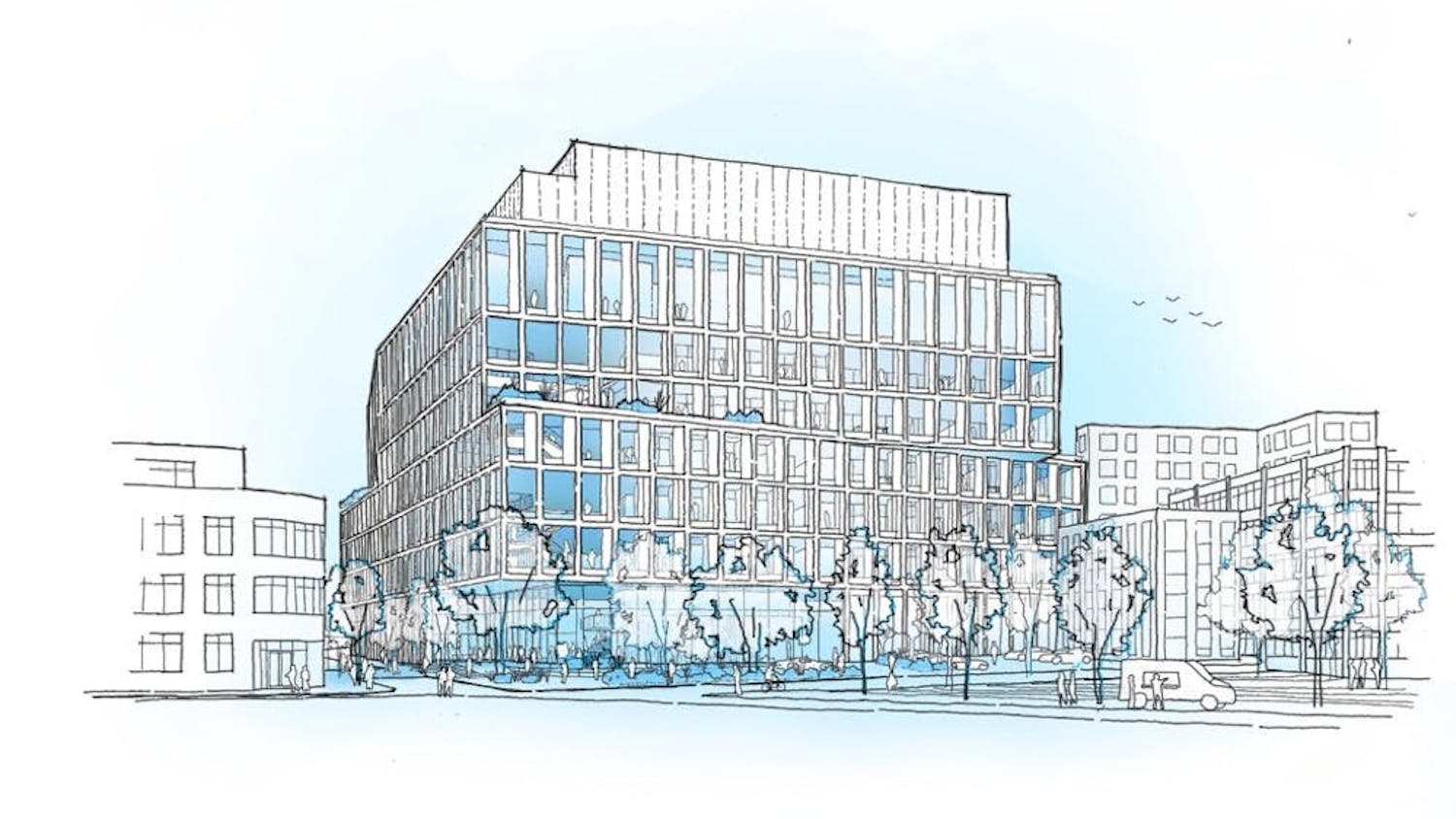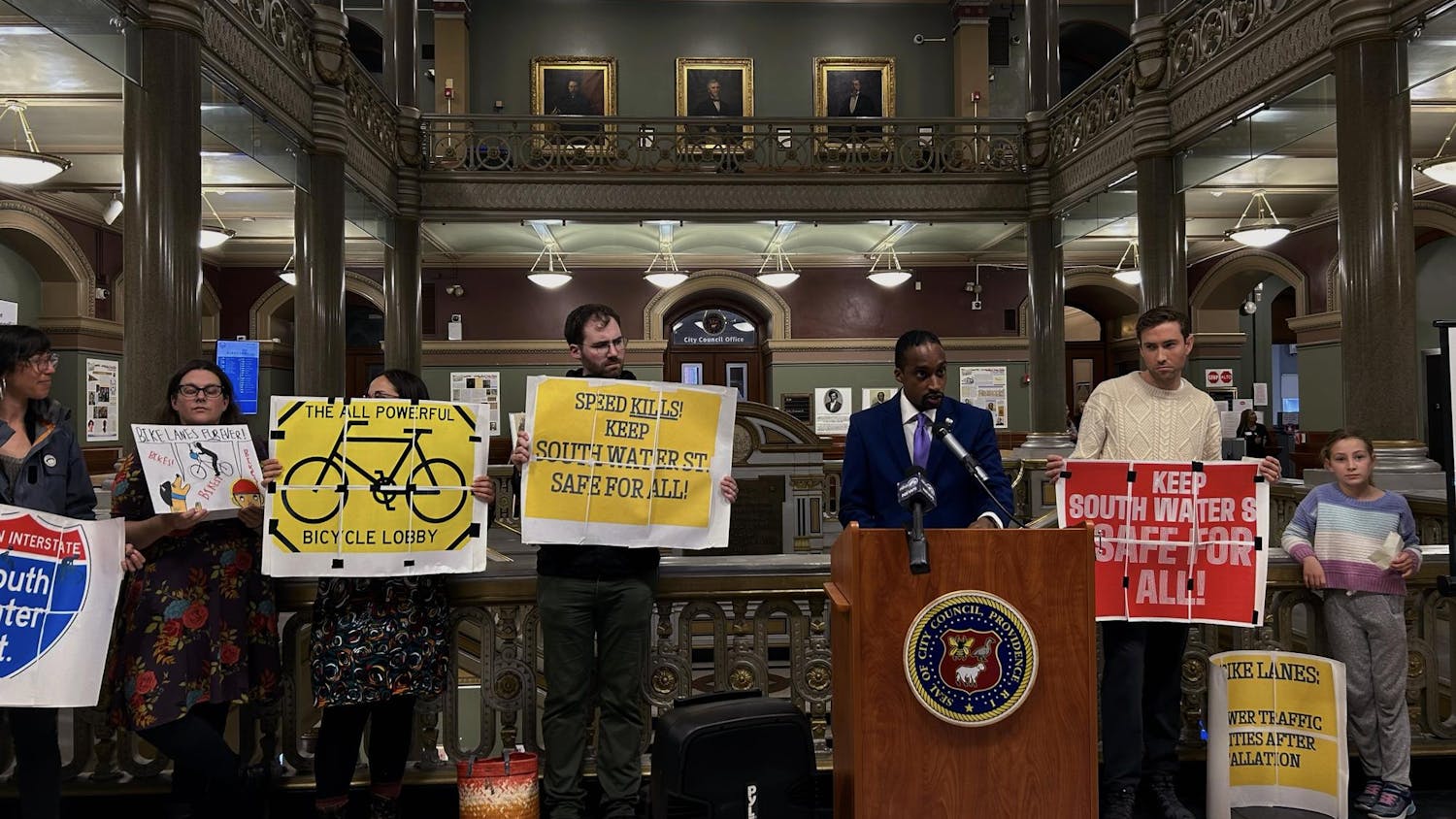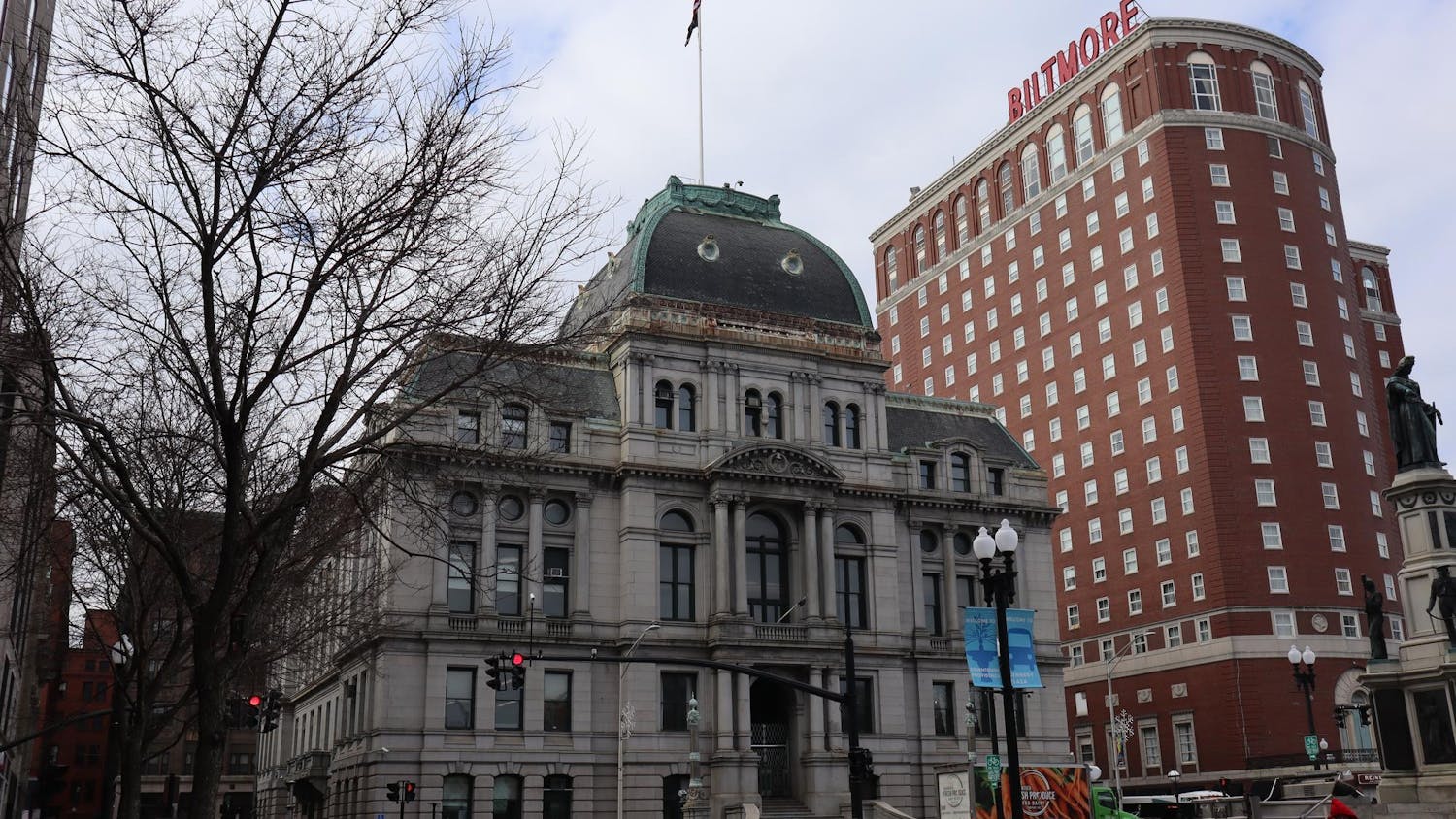New census figures indicate poverty in Rhode Island increased sharply from 2009 to 2010. Statistics from the American Community Survey released late last month revealed that the poverty rate in Rhode Island rose from 11.5 percent to 14 percent, and the percentage of children under 18 in poverty rose from 16.9 percent to 19 percent.
John Logan, professor of sociology, who has studied neighborhood change and individual mobility in American cities, said though the figures show a dramatic increase in poverty in Rhode Island, it is important to view this change in the context of national and international trends. According to the U.S Census Bureau, the national poverty rate rose from 14.3 percent in 2009 to 15.1 in 2010. Between 2009 and 2010, the poverty rate for children under age 18 increased from 20.7 to 22 percent.
"People usually use the term Renaissance to describe Providence," Logan said, adding that downtown Providence is a far cry from the rundown urban landscape it was 20 years ago. But while downtown has certainly experienced a resurgence, sizeable wealth disparities persist, he said.
"Providence has been industrializing over the past decades. But today, much of the industry is closing down," Logan said, noting Rhode Island's old role as a silver manufacturing state. He said he often compares Providence to Washington, D.C. Both cities have suffered from high poverty rates for decades and have large minority populations, but they are now gentrifying and have seen an increase in the cost of living. At the same time, an increasing degree of inequality exacerbates the increasing poverty. "Increasing wealth is in the hands of relatively few," Logan said.
The most obvious explanation for the surge in poverty is unemployment, said Austin Nichols, a senior research associate at the Urban Institute, a Washington, D.C., think tank that examines social and economic issues. He explained that child poverty in particular used to be associated with changes in the family structure, such as the breakdown of the two-parent household. Today, poverty is most associated with job loss, he said. Rhode Island has historically lagged behind neighboring Massachusetts and Connecticut in terms of post-secondary educational attainment among its residents, a disadvantage that Nichols said is responsible for its higher unemployment rate.
Logan linked Rhode Island's poverty rate to deindustrialization. Low-wage jobs fuel economic growth, and Logan explained that the United States competes with low-cost production in other countries. A smaller part of the U.S. economy is technologically advanced and reliant on skilled, educated labor. "The labor force is polarizing," Logan said. The highest earners are becoming wealthier, and unskilled workers have seen their economic security deteriorate, he said.




